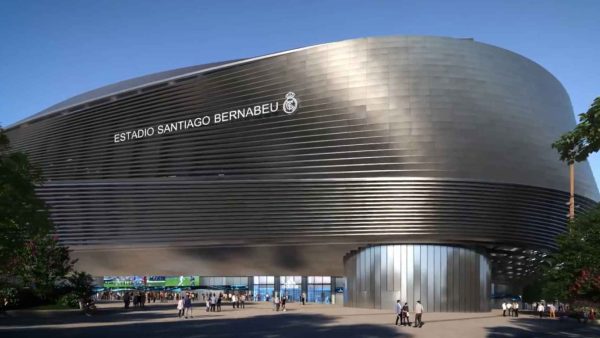Steel has become the most widely used metal in the world. The virtues of this material are indisputable.
After oil and gas, it is the world’s most sought-after resource.
And it is one of the most widely used materials in structural engineering.

In fact, thanks to its many properties and the ease with which it can be alloyed with other elements, it has become the star “ingredient” for the creation of metallic structures..
For this reason, and because of its low production cost, metal structures are used in countless engineering and architectural projects.

Maybe you already knew these facts, but you almost certainly didn’t know these curiosities that we are going to tell you now.
Let’s get to it!
Did you know that…?
- After the aluminium, steel is the first most abundant one in nature of the entire world. In fact, 4.7% of the earth’s crust is made up of this material.
- According to the World Steel Association, there are more than 3,500 grades of steel, each with its own chemical and physical attributes. Most of these have been developed in the last 25 years.
- Steel was first used in the construction of a skyscraper in 1884. The building erected was the Home Insurance Building in Chicago.
- Of all building materials, steel provides the highest strength-to-weight ratio and is also the most economical.
- In high-risk seismic zones, steel construction has proven to perform safely and very satisfactorily in the face of these natural phenomena
- Steel is the most recycled material on the planet and can be reused indefinitely without losing its integrity.
- 7,305,178 kilograms is the weight of the corrugated steel that will be used in the remodelling of the Santiago Bernabéu stadium of the Real Madrid football team. Almost the same weight as the Eiffel Tower.
- It took 83,000 tonnes of steel to build the Golden Gate Bridge.
As you can see, as well as learning about the properties of this amazing material and its use, you will also discover curious facts that will not leave you indifferent, right?
Tell us, what do you think of these curiosities?


